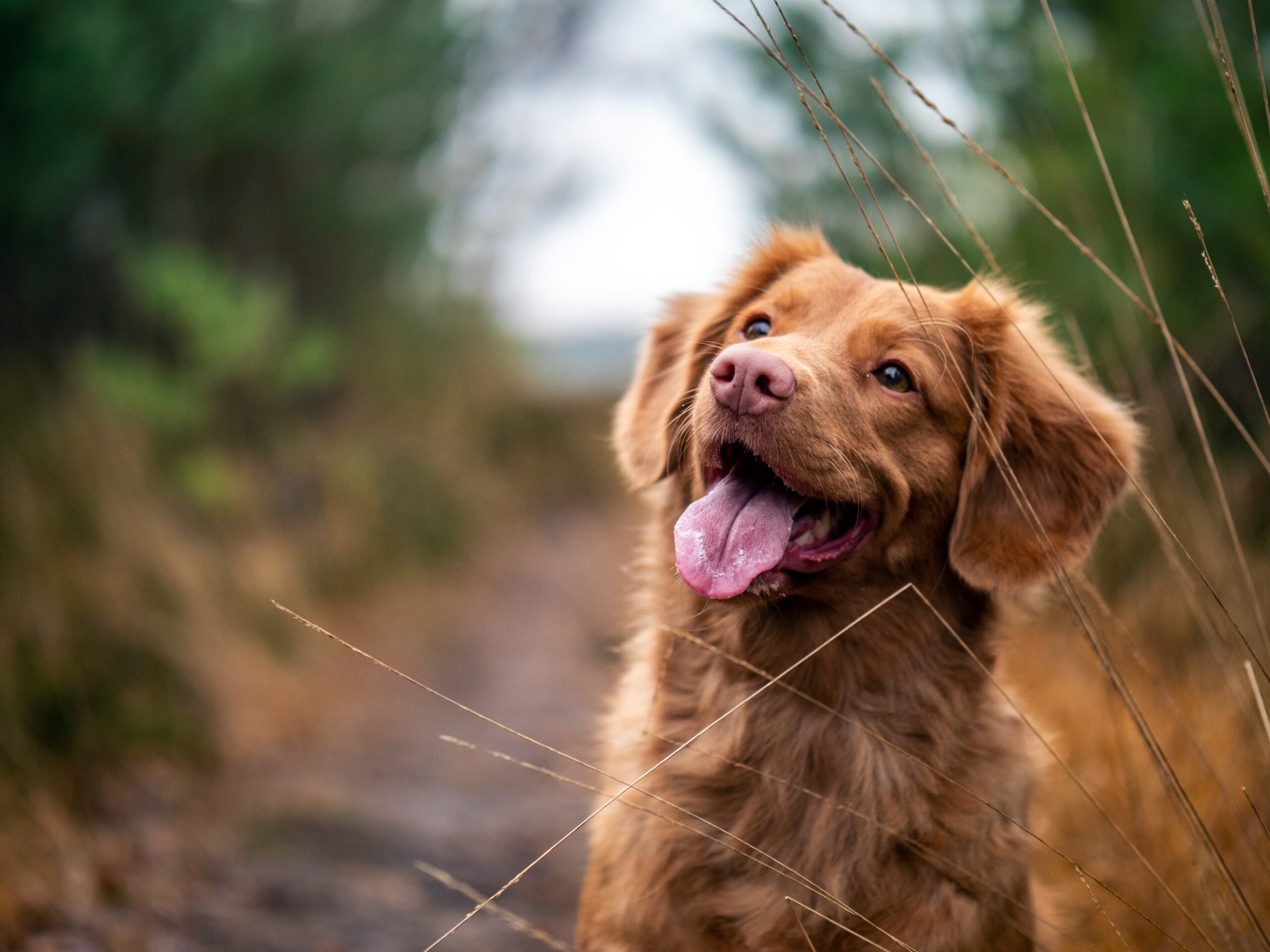
The films by British cult director Alfred Hitchcock captivated a whole generation. The productions are already considered classics of film history, and usually present victimised female characters, frightened and shocked by the actions of the male protagonists. French photographer Sacha Goldberger was brought up in a household of strong women, and at some point asked himself: “How would it have been if Hitchcock had been a feminist?” He visualised the answer to this question using elaborate film sets and by inverting roles. Rather than a series about feminism, however, it turned into a series about relationships. He explains why he came up with the idea for his project, how he was influenced by his mother and grandmother, and how he realised his series, The Lady Does not Vanish.
What sparked the idea of your very own re-interpretation of Hitchcock’s work?
I’m the son and grandson of feminists. I was brought up with the idea that men and women are different but the same. It seemed important to me to speak about this subject in one of my series. The Lady Does Not Vanish is not a feminist series; it questions our relationship to the opposite sex. Each picture invites us to to take a position in relation to a situation that appeared normal in the last century. Hitchcock’s films reveal a whole mentality in our society; it was interesting to take the opposite approach. By inverting certain roles, the point of view often becomes completely different. Some photos are absurd, other evident… all of them ask questions. Where does equality begin and where does it end? What do our differences bring us? These are the questions I’ve tried to ask in this series.
How did you realise the idea for your series, The Lady Does not Vanish?
I think it was my photo Invasion Day Five, Only One Can Remain, from the Extra Not So Terrestre series, that made me want to do a series about Hitchcock. This photo might have been taken from The Birds in a futuristic version. Contrary to the rest of my work, Extra Not So Terrestre opened me up to the moving image.
How did you find the location for the outdoor sets and how did you prepare yourself beforehand?
I went to the island of Batz for an artist residency, and I immediately got the impression of being amid numerous film sets of Hitchcock movies. The idea followed; I felt like talking about equality between men and women. It’s an important subject. I rewatched 53 of Hitchcock’s 56 films. After two years of preparation, I began the The Lady Does Not Vanish photo shoot.
Where did you shoot the series?
We shot 12 sets in the studio, eight in interiors that already resembled the films that we wanted to reinterpret. We had to decorate them to ensure that they were close to the original films. For the exteriors, we shot twenty natural sets, which we basically found on the island of Batz.
Because you are making reference to Hitchcock’s film sets, your imagery is very cinematic. How do you manage to get so close to the original?
Nothing is left to chance: not the décor, the style of the era, the accessories, the hairdos, the makeup, nor, of course, the actors we chose for each image. The actors performance is primordial. We even went so far as to buy birds for the interior scenes of the film, The Birds. We also built a plane for North by Northwest. The devil is in the detail. This series is devilishly precise.
What is your very own visual approach to the Hitchcock theme?
This project was a technical feat, where I was trying to get as close as possible to the images from Alfred’s films. I didn’t try to create a personal identity, like I did for the Animan, C’est bientôt hier and Extra Not So Terrestre series, for example. The interesting thing about The Lady Does Not Vanish, is that, in the end, the final images took precedence over the concept. They took on a life of their own beyond the idea. Some of them are touching, others are troubling or absurd. They all evoke something. I hope they will also incite people to watch or rewatch Alfred Hitchcock’s films.
Please tell us what Leica equipment you used to shoot the series.
I used different cameras with different lenses, depending on the result I wanted to achieve to get close to the spirit of the films revisited. I often use old, second-hand Leica lenses, which I bought at the Leica Store Boulevard Beaumarchais, and which allowed me to get a bit of a retro finish for certain images. Old lenses like the Summicron-M 50mm f/2 or the Summaron-M 35mm f/2.8 work really well with the M11, which is a bit too prickly for certain jobs. Inversely, I use newer lenses for my old M6 if I want the image to come across very crisp. For certain images I needed digital, for others film. The choice of film was of primary importance. It was necessary for the film to adapt to the grain and colour of the movie. For black and white we basically used Tri-X 400; for colour Ektachrome 100; these are the ones that came closest to the desired results.
So it’s obvious you are a huge Leica fan.
I think I’ve always been a Leica ambassador. After the war, my grandmother and grandfather rebuilt the family textile factory in Budapest. The city was controlled by the Russians who had liberated it. One morning, all the machinery in the factory had disappeared. My grandfather invited some of the Russian officials to eat. At the end of the meal, after identifying one of the influential officers, he took him to his office and gifted him with a Leica. The following day all the machinery was back in the factory and ready to use. My grandmother always said that Leica saved the family business and employment for thousands. Officially speaking, I’ve been a Leica ambassador since 2021. My grandparents would have been very proud.
Born in Paris in 1968, Sacha Goldberger worked as an Artistic Director in advertising for over twelve years. In 2008 he returned to studies of photography at Gobelins Paris, l’école de la création visuelle. His work has been shown at Photo London and Paris Photo, as well as in galleries in France and abroad, and has been published in Polka magazine, The Sunday Times Magazine, Le Monde, Le Figaro and many other national and international magazines. Find out more about his photography on his website and Instagram page.
Leica M
The Leica. Yesterday. Today. Tomorrow.








